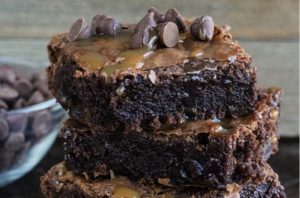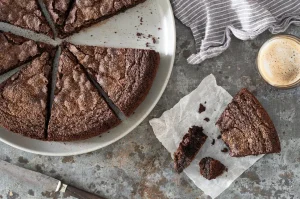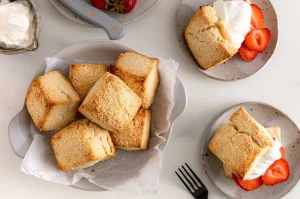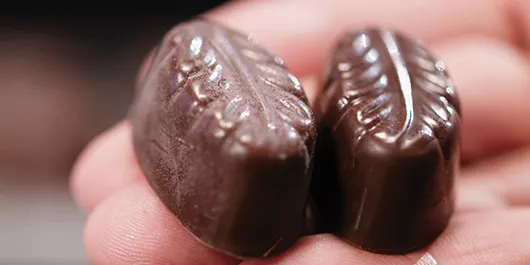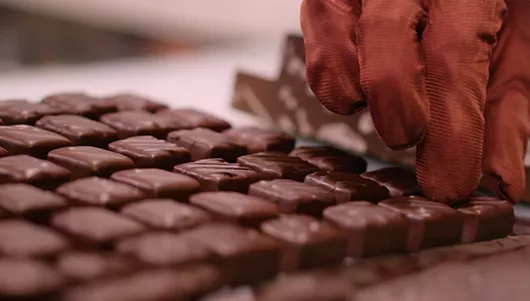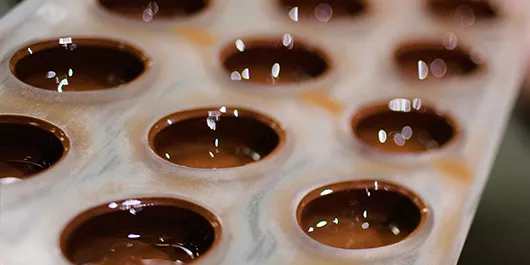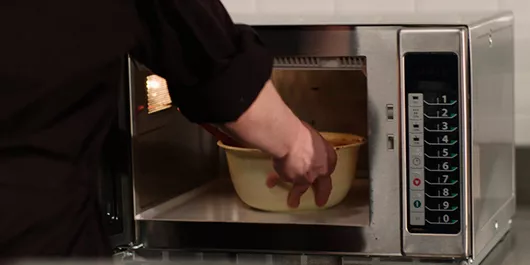

Using the chocolate tempering machine
By: izzah zainal | February 15, 2025
Need a large quantity of workable chocolate? Then it’s best to use the chocolate tempering machine.
Good To Know:
Why is fluidity so important?
The fluidity of your chocolate determines the thickness of the shell and the snap of your chocolate products: the more fluid your chocolate, the thinner and crunchier your shell will be.
Using chocolate with the right fluidity also saves time: you can cast large moulds in one go with less fluid chocolate. Chocolate with a higher fluidity is better for moulds with a lot of detail, but you’ll need to fill your mould with chocolate 2 to 3 times.
Why is it so important to pre-crystallise chocolate properly?
It helps chocolate harden, and gives it a beautiful satin gloss and a delicious snap. It makes chocolate contract during cooling, which makes it easier to unmould. Badly crystallised or uncrystallised chocolate will turn grey and won’t have an appetising gloss.
What is tempering or pre-crystallising?
The purpose of tempering chocolate is to pre-crystallise the cocoa butter in it, which is important to make your chocolate ready for processing. During tempering, the cocoa butter in the chocolate takes on a stable crystalline form. This guarantees a perfect finished product with a satin gloss and a hard snap. It also makes the chocolate contract during cooling, which makes it easier to unmould. If chocolate is simply melted (between 40 and 45 °C) and then left to cool down to a suitable working temperature, the finished product will not be glossy. If you make the small effort of bringing your chocolate to the right working temperature properly, you are guaranteed to get the desired end result. And that’s what we mean by tempering: bringing chocolate up to the right working temperature while making sure that the crystalline structure of the cocoa butter in it is stable. As you’ll discover below, the three key principles for proper tempering are time, temperature and movement.
Step 1
Pour a small amout of chocolate into a plastic or glass bowl.
Step 2
Place the bowl in a microwave and melt the chocolate at 800-1,000 W.
Step 3
Take the chocolate out of the microwave every 15 to 20 seconds and stir well to make sure that the heat is distributed evenly throughout and to keep the chocolate from burning.
Step 4
Repeat this procedure until the chocolate has almost entirely melted. Some small pieces of chocolate should still be visible in the bowl.
Step 5
Take the bowl out of the microwave and stir the chocolate well until all the pieces of chocolate have disappeared. You’ll notice that your chocolate is now smooth and slightly thicker. That means it is properly tempered and ready for use.
Which chocolate needs to be tempered?
Each variety or type of chocolate should be tempered before you use it to mould chocolates and hollow figures, or to enrobe cakes and chocolates. In short, whenever chocolate needs to have a beautiful satin gloss and a hard snap, tempering is absolutely crucial.
When you add chocolate to dishes as a flavour component (e.g. chocolate mousses or bavarian creams), it suffices to simply melt it without tempering. All our recipes clearly indicate if your chocolate should be tempered or not.A general overview of baking pan materials
The biggest distinction between pans is heat transfer. Metal conducts heat the most efficiently — in other words, it gets hot the quickest and transfers heat evenly across the pan’s surface — which is why many professionals choose aluminum pans. (Another benefit: Metal pans withstand rapid temperature changes, meaning you can take your pie plate from the fridge to the oven without worrying about shattering.)
Glass, on the other hand, is an insulator. Because glass slows the flow of heat between the oven’s air and your dough, it takes more time to heat up than metal — meaning your dough takes longer to heat too. But once it’s hot, it retains that heat well, and it stays hot for longer than metal. For pie, there’s one more bonus: The clear material means you can visibly check how brown your crust is getting.
Ceramic pie pans are usually either stoneware or porcelain, and they can vary based on the material and how it’s made. They can also vary in thickness and thus heat transfer, so ultimate performance depends on which brand or maker you’re baking with. Overall, though, they tend to be slower to transfer heat than more efficient metal pans, though they retain heat well.

